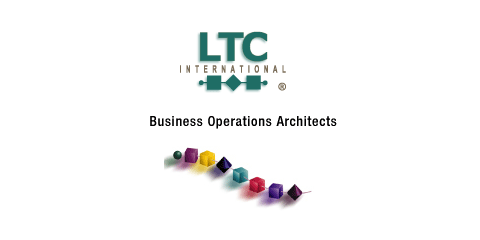|
|

article page | 1 | 2 | 3 | 4 | 5 |
piece of the winnings. When tomorrow is likely to bring change, when the environment is hazardous, when competition is rampant, even riskier strategies are attempted. All these can bring advantages over the short to medium time frame. In evolutionary biology, the long term winning strategy for environments undergoing change is “striking out in a new direction” either genetically or by colonizing new territory. In the business world this corresponds to Innovation. The state of business churn currently is significant and so Innovation is a strategy that all the telecom managers should consider carefully. Real innovation is tough to achieve, particularly for teams most comfortable with staying the course and continuous improvement.
Let’s look at several new technologies that offer current opportunities for Innovation. The winning strategy is to get there early.
|
|

Open Source
Today the dominant IT architecture is based on Application Servers. Today’s CIOs buy them by the thousands, spending thousands per server and hiring developers by the thousands. This is the “follow the herd” choice. This has not been a bad strategy, because the vendors of Application Servers have continued to incorporate most of the central advances in programming. But the scaling costs of Application Servers which require expensive cluster server environments to meet the needs of big telecom OSS/BSS places considerable pressures on these same CIOs. “Virtualization” is vaunted as the way to economically scale these environments and Open Source is gaining ground rapidly too. So much so, that open source Application Servers are appearing not just sporadically, but as the preferred choice in budget-minded telecom operators. Open source application servers are good enough today, and enough third part support organizations exist, so that
|
|
|
|
|
This first group has all passed their trials and iscapitalizing on these opportunities:
The good news is that by utilizing their existing assets – the OGN and existing OSS/BSS infrastructure - CSPs can make the NGN transition profitably and in a managed and controlled manner.
Services ‘independent’ of the underlying network
One of the ways in which CSPs can achieve control and management of the OGN to NGN transition is to adopt a service-oriented approach. This approach masks the complexities of any particular technology and enables changes to network and IT infrastructure to be driven top-down and directly from business requirements.
OLD |
NEW |
| Expensive proprietary |
Open Source |
| Application Servers |
SOA |
| Pub/sub & ESB |
Web Services |
| Configured or Signaled |
Deep Packet Inspection |
| An Address for Every Device |
Universal Addressing and Messaging |
| Closed User Groups |
Viral networks |
|
|
these become a safe choice for most straightforward IT assignments. Open source was a hot item in OSS/BSS planning in 2005 and early 2006 with the “Blue Group” push, but that strong wind has blown itself out.
SOA
If the task is problematic and the needs are significant, than the innovative approach is Service Oriented Architectures (SOA). SOA began entering the exploratory marketplace in the late 1990s. Implementation first gained ground in financial markets with Sun and IBM making early strategic investments. MCI developed a proprietary SOA based on extending Sun’s Jini Technology. The earliest public OSS/BSS trial implementations occurred with the Finegrain NGOSS Catalyst. This was followed with early implementation projects at Telecom Italia and BT (at least these were the first announced). Meanwhile, the inventive techniques of Jini became assimilated into mainstream Java. Microsoft also entered SOA with some advanced features in .NET which both expanded upon and improved RMI.
Properly implemented SOA applications have been shown to function reliably and scale quite cost effectively. One seldom hears of failed SOA development projects. Indeed the
|
article page | 1 | 2 | 3 | 4 | 5 |
|
|
|




